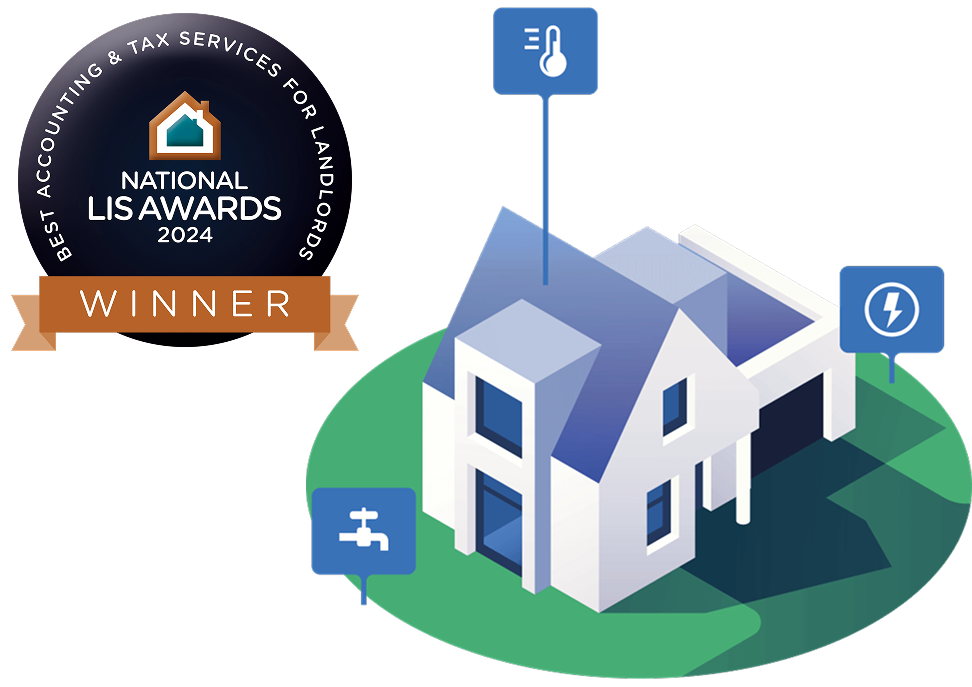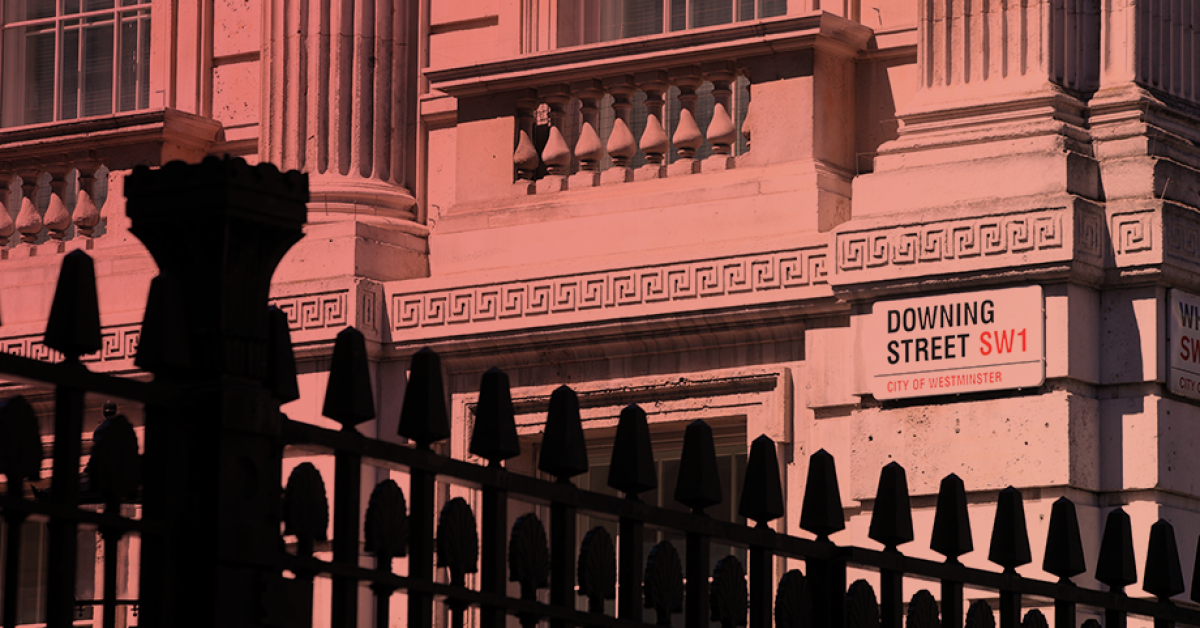
All-in-one compliance service for landlords.
Purchase, organise and manage all of your safety certificates and inspections in one place with our market leading platform.

Order a certificate in seconds
Landlords must legally ensure their rental properties are safe. This includes annual checks for fire, electrical, and gas safety, plus providing an Energy Performance Certificate (EPC).
Safe2 covers all these services and more.
How does it work?
Why choose Safe2?
Order now
Frequently asked questions
News & Insights
NRLA calls for clarity from Natalie Elphicke MP on rent freeze proposal
Following the publication of her article for Conservative Home (entitled "Keeping people in their homes during harder times must be a top priority"), the NRLA has issued a letter to Natalie Elphicke MP challenging several of her assertions about the private rented sector.
Simon Clarke MP named new Housing Secretary
Simon Clarke (pictured) has been appointed as Housing Secretary this week, following Liz Truss MP being appointed as the new Prime Minister, and a cabinet reshuffle.
Wales: More questions on Rent Smart Wales raised in the Senedd
Rent Smart Wales' full telephone service will return 'as soon as possible', the Minister for Climate Change Julie James MS has confirmed. The licensing authority's landlord phoneline has been temporarily closed for several weeks. The Minister's comments were made in response to two questions tabled by the Member of Senedd for Monmouth, Peter Fox MS.
The Big Question: Do you set up tenancies online or in-person?
Do you set up tenancies in-person or online? The topic is the latest to come under the microscope in our Big Question feature for NRLA members' magazine, Property.
NRLA welcomes appointment of Simon Clarke as DLUHC Secretary of State
Following the Government's cabinet reshuffle, the NRLA has issued a statement welcoming the appointment of Simon Clarke MP to role of Secretary of State for Levelling Up, Housing and Communities.

 EICR
EICR Fire Risk Assessment
Fire Risk Assessment EPC Certificate
EPC Certificate Gas Safety Certificate
Gas Safety Certificate Smoke Alarm Test
Smoke Alarm Test PAT
PAT Gas Boiler Service
Gas Boiler Service




